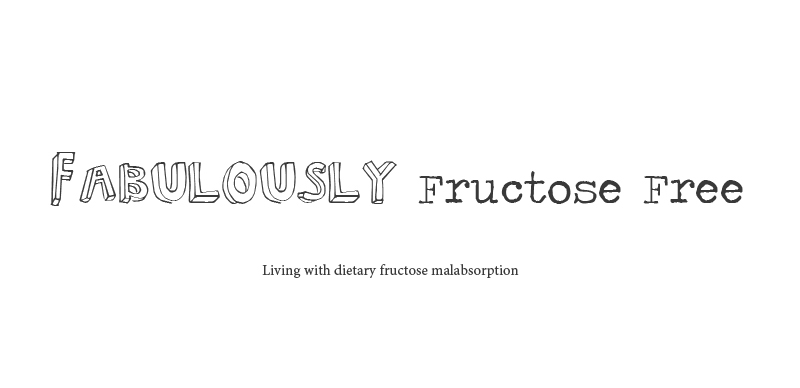Georgie Rist. Accredited Practising Dietitian (APD), Accredited Nutritionist, and Sports Dietitian
QUESTION:
“My child has just been diagnosed with fructose
intolerance – what do I do, what do I avoid?”
…Anyone questioning whether or not they have
fructose malabsorption (also known as fructose intolerance), should ensure a correct
diagnosis is made by a qualified healthcare professional, however this is particularly
important for children. The last thing we want to do is cut foods out of their
diet unnecessarily or create food aversions or anxiety around one of the best, most
natural and essential elements of life…food and eating.
So your doctor or dietitian has told you that
your child has fructose malabsorption; first things first, don’t panic. Apart
from becoming familiar with high and low fructose containing food, it is
important to remember that symptoms are often dose related and everyone has
their own unique threshold of what they can tolerate. This means Alana might
tolerate a quarter of an apple, Oscar might be able to eat half an apple but
Lenny feels unwell after one bite! We are all different! I can’t emphasise
enough about the relationship between stress, anxiety and gastrointestinal
health, so creating a calm, peaceful and happy environment at meal times is crucial
for your child’s relationship with food but also for their health.
Remember fructose malabsorption is not an
illness or a condition, it is just a part of a person’s physiology – some
people can tolerate excess fructose and some people cannot.
Top 10
foods to limit or avoid for those with fructose intolerance:
1. Onion
2.
Garlic
3.
Honey
4.
Apples and pears
5.
Watermelon
6.
Select vegetables such as beetroot, asparagus, brussel
sprouts, cabbage, peas and leeks
7.
Sweeteners in processed foods such as High fructose
corn syrup (HFCS), fruit juice concentrate
8.
Wheat
9.
Rye
10. Legumes
Top 10
alternatives to include and substitute for problematic foods to minimise
symptoms of fructose intolerance:
1.
Ginger
2.
Spring onions (green part)
3.
Maple Syrup
4.
Bananas and berries
5.
Tomatoes
6.
Oranges
7.
Avocado
8.
Vegetables such as green leafy ones, carrots, celery,
green beans, zucchini, capsicum, mushrooms, sweet potatoes, potato, pumpkin…and
the list goes on!
9.
Grains such as oats, spelt, quinoa, rice and buckwheat
10. Nuts and seeds
(given there is no allergy of course)
Top tips to get
started:
1.
Be prepared – and become familiar with substitutions
2.
Just because you or your child has fructose
malabsorption doesn’t mean you must avoid fructose-containing foods completely.
3.
Remember because something is fructose free or low
fructose doesn’t always mean it is ‘healthy’
4.
Fruit is an essential part of the diet for children
and provides important nutrients such as fibre, vitamin and minerals – just
limit intake to one low fructose fruit serve at a time or add yoghurt to reduce
total fructose load.
5.
When baking, use maple syrup or rice syrup as honey,
fruit juice or agave alternatives.
6.
Try wheat free bread such as spelt or oat bread and
wheat free pasta’s such as quinoa gluten free or spelt
7.
Breakfast is the most important meal of the day – try
unsweetened cereal such as untoasted muesli, porridge, kiwi based bircher
muesli, banana and cinnamon smoothie; buckwheat pancakes; eggs on spelt toast
or peanut butter/favourite nut paste on oat bread.
8.
See an Accredited
Practising Dietitian for personalised and tailored advice to suit your
child’s needs – you don’t need to do this on your own!
9.
Keep smiling and have fun getting creative in the
kitchen
Stay tuned for some lunch box ideas…
G xx


No comments:
Post a Comment